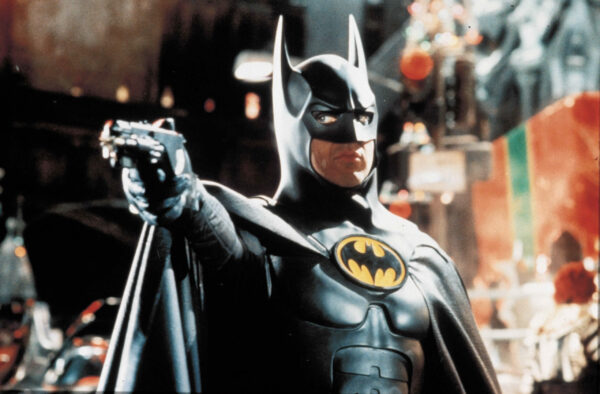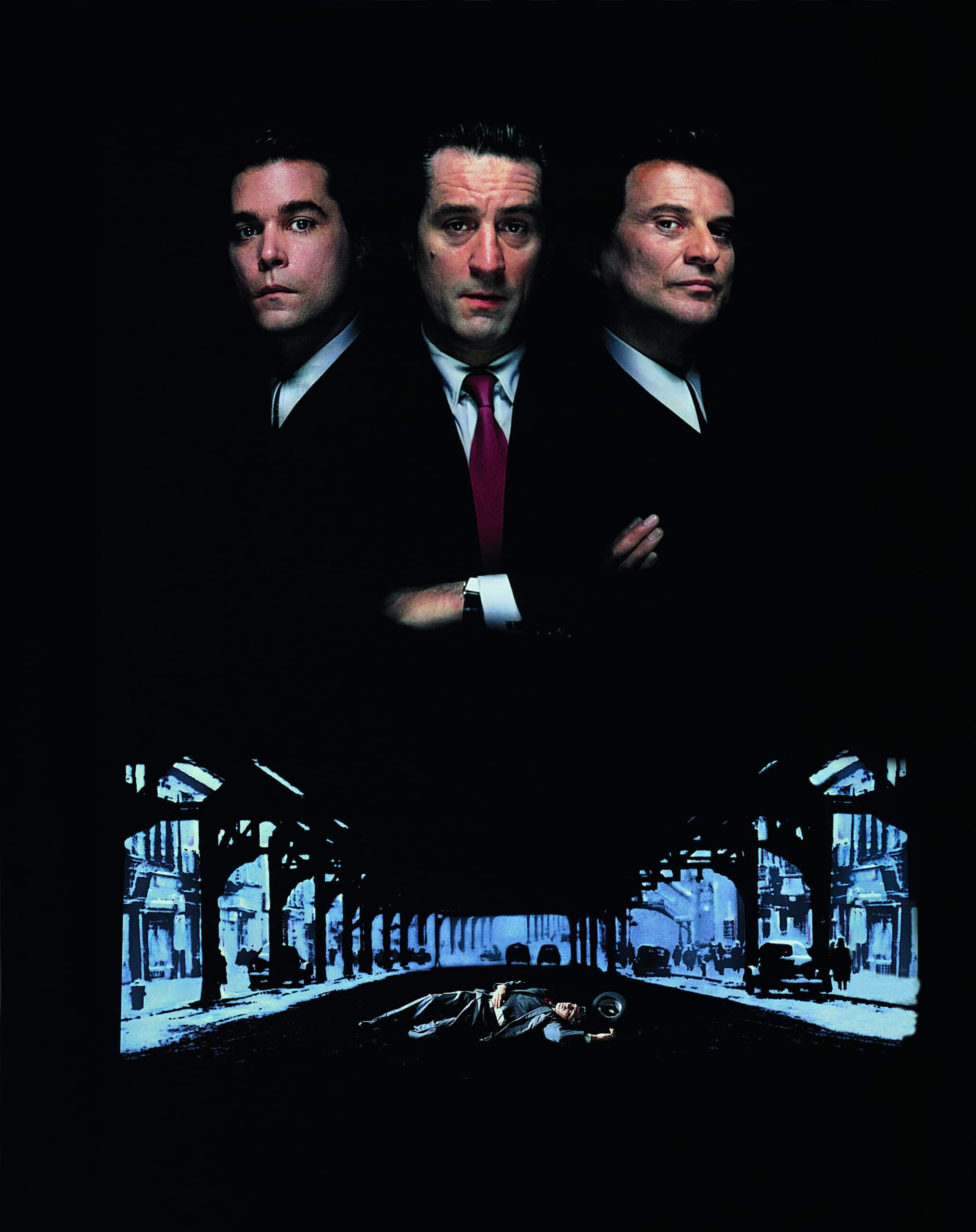
Returning with his popular regular feature where he analyses under-appreciated scenes, Nick Bartlett is taking on Hannibal Lecter, and his ingenious escape from his custom-built prison in The Silence of the Lambs.
When I was younger, I would always cite Michael Mann’s Manhunter as the best Hannibal Lecter film. While I still maintain that Brian Cox is the best film depiction of the character, (understated always wins over pantomime for me) The Silence Of The Lambs is much more satisfying as a whole, and fully deserves its classic status.
The most interesting factor in the film’s success, for me, is director Jonathan Demme. Previously best known for lighter films, specifically romantic comedies like Something Wild (1986) and Married To The Mob (1988), this was his first foray into darker subject matter. He was an inspired choice of director, brings an indie filmmaking sensibility to a big budget, prestige film, and makes it a lot more visually interesting. The numerous directorial flourishes give the film a uniqueness that sets it apart from the many serial killer thrillers that would follow. One technique Demme uses a lot is having characters look directly into the camera when speaking, which came in handy for the iconic scenes between Hannibal Lecter (Anthony Hopkins) and Clarice Starling (Jodie Foster).
But these aren’t the scenes I’m talking about today. Because for me, the most memorable scene in the film is Hannibal Lecter’s escape from his holding cell. It’s a ten-minute set-piece that acts as a perfect demonstration of Demme’s filmmaking style, while also showing off how ingenious Lecter is in a simultaneously theatrical and subtle way.
It’s often suggested that Lecter’s escape is unrealistic, that the scene sacrifices naturalism for over the top spectacle, but I think this misses the point. Lecter has given the FBI a false lead, so he knows it’s only a matter of time before he’s returned to his maximum security cell in Baltimore. It’s established that his holding cell is less secure than the asylum. He’s held in a courthouse, in a makeshift cell with barbed wire and bars, as opposed to the glass in the asylum. His guards, Boyle (Charles Napier) and Pembry (Alex Coleman) are older, and complacent; they don’t know him like the Baltimore orderlies so they underestimate him, to their cost.
Hannibal Lecter’s escape
With the drawings and papers strategically placed around his desk, giving the impression of clutter, Lecter transforms his cell into a fatal trap. The guards enter with his dinner, and he calmly asks them to, “mind the pictures please,” as he picks the locks to his handcuffs. There’s only one place Boyle can put the food without damaging the pictures, and it just happens to be within arms reach of Lecter, and as he reaches over, Lecter strikes, cuffing Boyle to the bars before switching his attention to the distracted Pembry.
This is the one time in the film we see Lecter without his mask of civility, and it shows the character at his most primal and terrifying. Before now he’s been charming and intellectual, and this serves as a timely reminder of what the character is capable of – the POV shot of him beating Boyle with his own baton is particularly nasty. The little balletic move Hopkins does as he turns around in the cell after the carnage might be my favourite sinister moment of his in the film – so graceful, yet with blood spilling over his chin, he’s regaining his composure by immersing himself in a bit of culture, before he absent-mindedly remembers that he’s not finished yet.
The scene Lecter constructs for the police to find is one of the film’s most enduring images – Boyle strung up on the bars, disemboweled, resembling one of Buffalo Bill’s moths. It’s wonderfully Grand Guignol, and an incredibly over-elaborate, impractical thing to do, but this is intentional. Lecter’s escape is a meticulously planned magic trick, and here he uses misdirection, shocking the police with the gruesome scene so they can’t think clearly and pay less attention to the prone body on the floor.
The police themselves are all perfectly realized characters, all of whom are only in this sequence. The commanding officer (Danny Darst) might look ridiculous with his silly moustache, and his, “That’s Jim Pembry DAMNIT!” but he quickly snaps into action and is shown to be a level-headed professional. The characterization of the rest of his unit is just as vivid; they all feel like real, lived in characters, from the young rookie to the older cop who has to take a seat when he sets eyes on the scene. You can feel Demme’s hand all over this, as he humanizes these really quite minor characters, and you could be forgiven for thinking that we will be spending a lot more time with them. When they notice the blood dripping from the roof of the elevator, it seems like we’re ramping up for a second thrilling action set-piece, with this group at it’s centre. Instead the scene comes to an abrupt end and these characters exit the film from the moment they open the elevator hatch.
The music design is pretty much perfect – before the attack all that’s on the soundtrack is a calm piano piece that Lecter plays in his cell, which is immediately replaced with Howard Shore’s orchestral score as he claps the handcuff on Boyle’s wrist. As the suspense intensifies later in the scene, so does the score, building to a pounding crescendo as it’s revealed that Lecter isn’t actually on the elevator, and has already escaped, smuggling himself out of the building in an ambulance, wearing Pembry’s face.
This is an unashamedly theatrical sequence, but it’s intentional; Lecter’s escape is pure theatre, using misdirection and elaborate planning to evade the guards. The Silence Of The Lambs is rightfully held up as a classic, but I think it’s often underrated as a film. From a purely filmmaking perspective it’s a masterpiece, and this sequence is the perfect demonstration of this. Demme shows a perfect understanding of character, editing and filmmaking techniques to pull off an effective, shocking twist that retains its impact even on a rewatch.





















